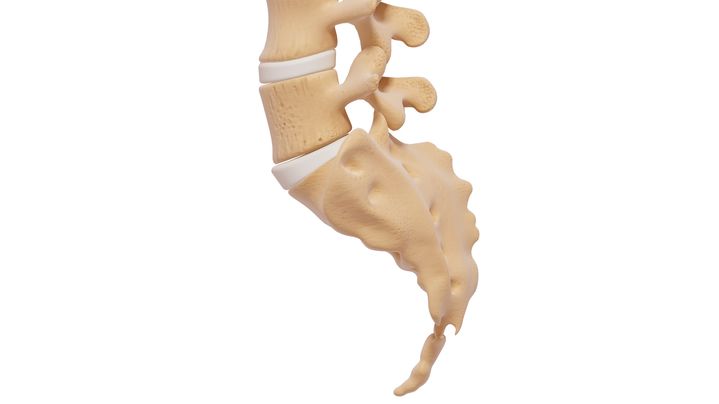This happened suddenly one day to a first primate: when it was born, it lacked a caudal appendage. Which must have given him some advantages since it was his descendants who gave birth to all the great apes down to us. The origin of this disappearance has just been revealed by an American team.

Published
Reading time: 2 mins

Hervé Poirier, editor-in-chief of the scientific magazine Epsiloon tells us today an astonishing story: how humans, as well as other great apes, lost their tails, at the bottom of their backs.
Hervé Poirier: A team of American geneticists has just demonstrated that this happened suddenly to a primate, one fine day, some 25 million years ago: while his parents had a tail, he was born without one. This must have given him some advantages since it was his descendants who gave birth to all the great apes (chimpanzees, orangutans, gorillas, humans, etc.).
We still have traces of this appendage that most other mammals have – it is there in the human embryo, in the first weeks, does not develop and becomes the coccyx.

What happened to cause it to suddenly disappear from this distant ancestor?
Geneticists have demonstrated that in the genome of this primate, a small piece of DNA was inserted next to a key gene, controlling the genesis of the tail in mammals. Only great apes have this intruder. And it renders this gene inoperative. The researchers demonstrated this by artificially inserting this sequence into the genome of a mouse, alongside the same gene: their tail, again, disappears.
And does this kind of express evolution often happen?
Yes, in recent years many other cases have been identified. It was because of the unexpected insertion of a comparable piece of DNA that the corn, one day, suddenly straightened into a straight stem – until now it was a tall, wild weed and bushy.
It is also because of a jump in DNA that the rose began to give off its captivating scent, or that the aphid resists insecticides. These jumping pieces of DNA, called transposons, were discovered 75 years ago – in corn – but they were long despised, they were part of “junk DNA”, as they called it.
Geneticists now realize that they are everywhere – 50% of our genome is made up of transposons. Researchers also realize that these transposons are capable of jumping from one species to another. And, above all, that these DNA jumps can have spectacular and immediate effects. “Their role in evolution is one of the major discoveries of recent years. an expert told us.
The theory of evolution has imposed on our imaginations a gradualist reading, changes in the form of living beings can only be the fruit of slow and progressive changes. But no. With transposons, this can happen overnight. And lo and behold, one fine day, the tail disappeared…
